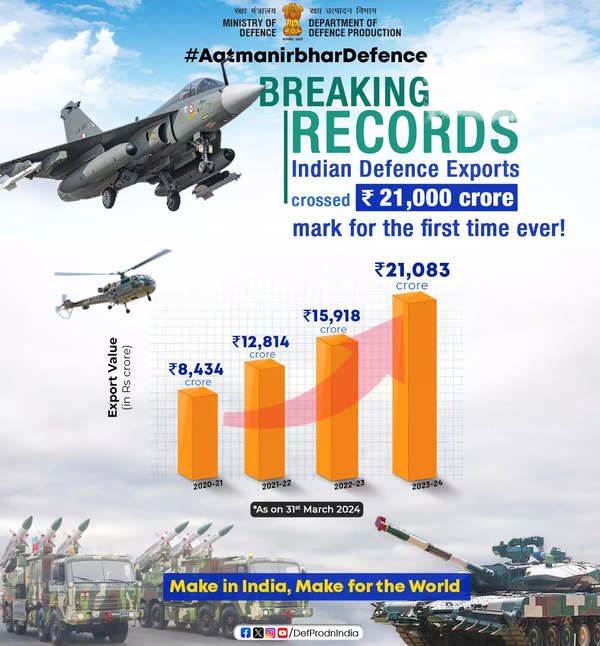Context:
Recently, India's Defence Acquisition Council (DAC) has granted preliminary approvals for military hardware procurements worth ₹54,000 crore. This decision comes shortly after the Cabinet Committee on Security (CCS) finalized the procurement of 307 artillery guns worth ₹7,000 crore, marking a significant boost to the country’s defence infrastructure.
Key Approvals and Acquisitions
Several critical acquisitions have received the Acceptance of Necessity (AoN) from the DAC, including:
-
- Upgradation of T-90 Tanks: The Indian Army’s T-90 tanks, a key component of its armoured corps, will be upgraded with 1350 HP engines replacing the current 1000 HP engines. This enhancement will significantly improve the tanks' mobility on the battlefield.
- Airborne Early Warning & Control (AEW&C) Aircraft Systems: To enhance surveillance and combat readiness, AoN has been granted for the procurement of AEW&C aircraft systems for the Indian Air Force. These systems will improve early warning capabilities and airspace management during operations.
- Varunastra Torpedoes: The Varunastra torpedoes, which are crucial for the Navy's anti-submarine warfare capabilities, will be procured, strengthening the Navy's ability to counter underwater threats posed by adversaries.
- Upgradation of T-90 Tanks: The Indian Army’s T-90 tanks, a key component of its armoured corps, will be upgraded with 1350 HP engines replacing the current 1000 HP engines. This enhancement will significantly improve the tanks' mobility on the battlefield.

ATAGS (Advanced Towed Artillery Gun System)
A key highlight of this acquisition spree is the indigenous development of military hardware. The 307 ATAGS (Advanced Towed Artillery Gun System), a 155mm, 52 calibre heavy artillery gun, has been approved for procurement.
These guns are indigenously designed and developed by Armament Research and Development Establishment (ARDE) in collaboration with Bharat Forge and Tata Group. This not only reduces India’s dependence on foreign suppliers but also promotes Make in India initiatives, with over 65% of the gun's components sourced domestically.
Reducing Procurement Timelines
In a bid to further enhance the efficiency of defence procurements, the DAC has also approved new guidelines aimed at shortening procurement timelines. These revised timelines are expected to reduce procurement processing by 10-15%, ensuring that military needs are addressed in a faster and more streamlined manner.
Conclusion
India's recent military hardware procurement approvals underscore the nation's commitment to strengthening its defence capabilities. With significant upgrades to its tanks, artillery systems, and naval assets, alongside the promotion of indigenous defence development, India is poised to enhance its strategic position on the global stage. Additionally, the reforms in procurement timelines will improve the efficiency and responsiveness of the military acquisition process, ensuring that the armed forces remain well-equipped to face emerging threats.






